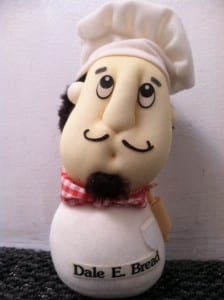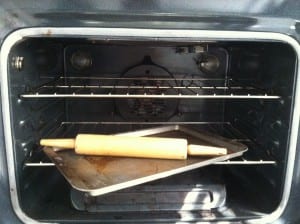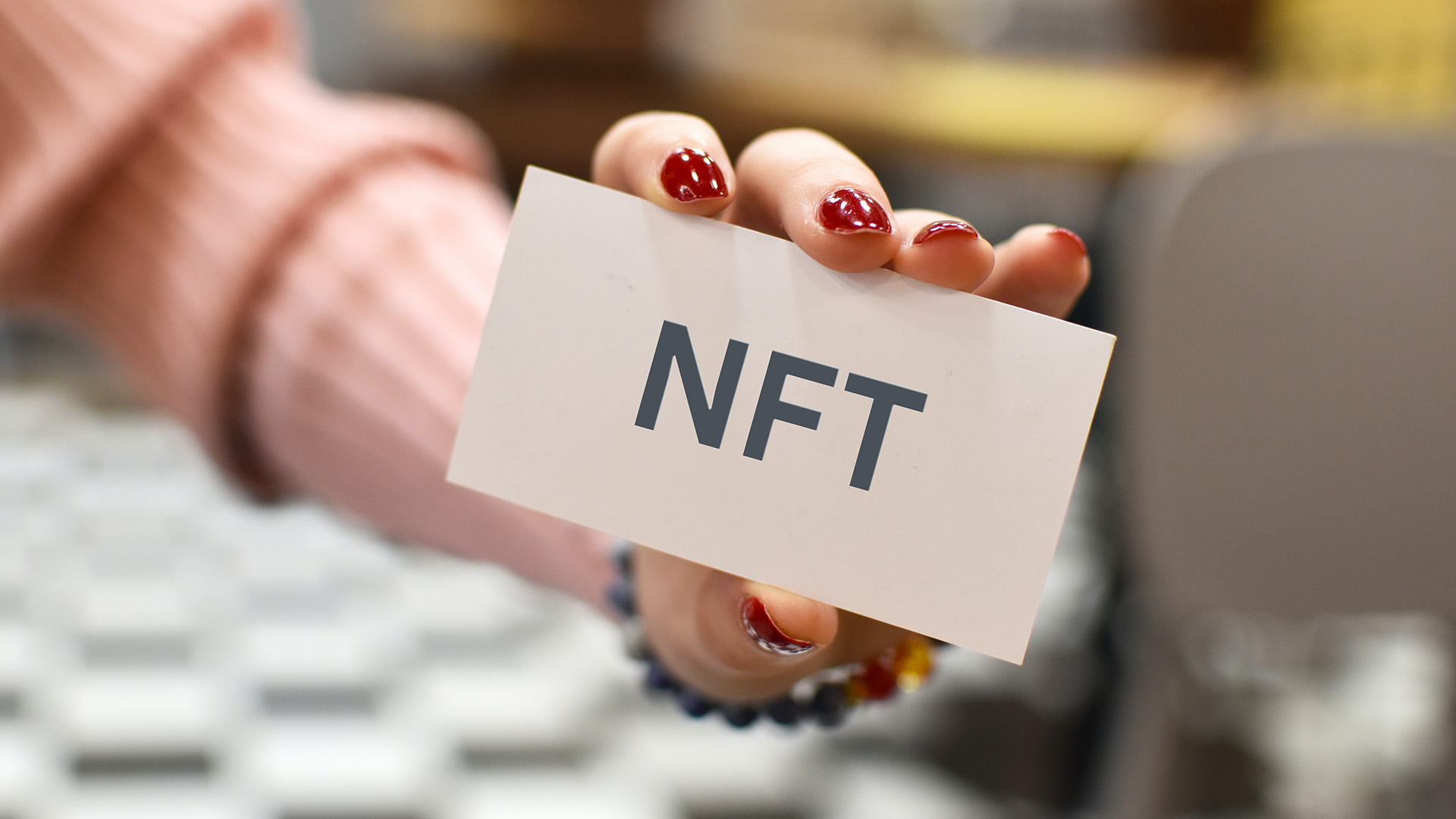 If you visit the Internet or watch cable TV you know food is part of the national conversation. No matter how you slice or dice it, a culinary professional can’t stay hidden in the kitchen anymore.
If you visit the Internet or watch cable TV you know food is part of the national conversation. No matter how you slice or dice it, a culinary professional can’t stay hidden in the kitchen anymore.
Opportunities abound for food experts to connect with the public are far and beyond traditional morning TV appearances.
Perhaps it’s an interview with a web TV broadcast, a Facebook chat, or a briefing with food bloggers. Competition for the consumer’s heart and appetite is fierce. So whether you’re a bona fide “celebrity chef,” a restaurateur, a food artisan, or an entrepreneur looking to build business, it’s critical to have a clear sense of story and hone your delivery skills.
Simple Ingredients Tell a Story:
Every time I work with a chef preparing for media interviews, the first question I ask is, “What makes you different from the hundreds of other chefs we see on television every day?” From the very first interview question, a chef must articulate a culinary point-of-view and tell the audience why his or her approach to food is unlike any other. This doesn’t have to be complicated. Most successful chefs have a “mission statement” and you know immediately what they stand for. Bring the “mission statement” to life and the public will remember you.
Stick to the Recipe:
How many chefs tinker constantly with a winning recipe? Some might, but they risk unpredictable results. It’s the same with a food interview, which typically consists of three proven ingredients. First there’s the chef’s point-of-view (see above). Next, there’s the food – be it the ingredients, the recipe, or the restaurant. Finally, how can the reader or viewer get the same delicious experience? Most studies confirm that an audience will only remember three messages from any communications interaction. Some speakers attempt to fold in more items, but the interview quickly bogs down. You might tweak this recipe for the perfect interview depending on the circumstances, but those three core elements remain the same. Think of it as the “mother sauce” of interviews.
Add Seasoning:
As with any entrée, seasoning is critical to an interview. Personal anecdotes about how a recipe was developed or acquired, insights about the ingredient, and simple culinary tips and techniques keep audiences engaged. A restaurateur should talk about the dining experience. And, it all needs to be described with simply delicious language. Media and technology may have exponentially increased our ability to live vicariously but still can’t completely recreate the sensual pleasures of food. It is up to the chef to describe the smell, the color, the sound, and the taste of the food using evocative language.
Master the Recipe Demo:
More often than not, a recipe is central to a media appearance by a chef and so often, the recipe demo can spiral out of control. This usually happens when the chef feels – mistakenly – that he or she has to “teach” the entire recipe from start to finish. Here’s the straight talk on recipe demos. You will never be able to convey all the nuances of an entire recipe in a three-minute interview segment. The recipe is not the story. The recipe is only one more illustration of the story you are there to talk about – one very visual demonstration of your culinary point-of-view – but it has to be choreographed. Break the recipe down into simple components and plan moments within the demonstration to tell your story.
Feed the Audience:
The only reason to do an interview is to connect with a broader audience. This can present a challenge for culinary professionals who are usually behind the scenes. I remember once attending a live demonstration by a thoughtful chef who delivered his entire talk to the lobster on the plate in front of him. While chefs are understandably trained to focus on the food, he broke his connection with the live audience. It usually takes several practice rounds with a video camera to keep a recipe demo moving and train yourself to direct your comments to the host or audience. Your goal is to connect with the public and motivate them to try the recipe, buy the book, or visit the restaurant.
Julia Child – who gained fame as “The French Chef” on PBS – knew the importance of this connection. She once said that when “you have mastered a technique, you barely have to look at a recipe again.” A master of the “television moment,” Julia might well have been talking about the interview. She knew the art of telling a savory story, satisfying audiences and leaving them craving more.




